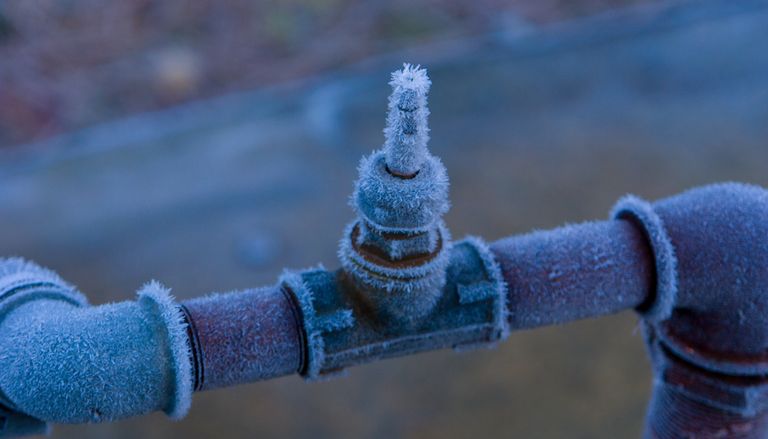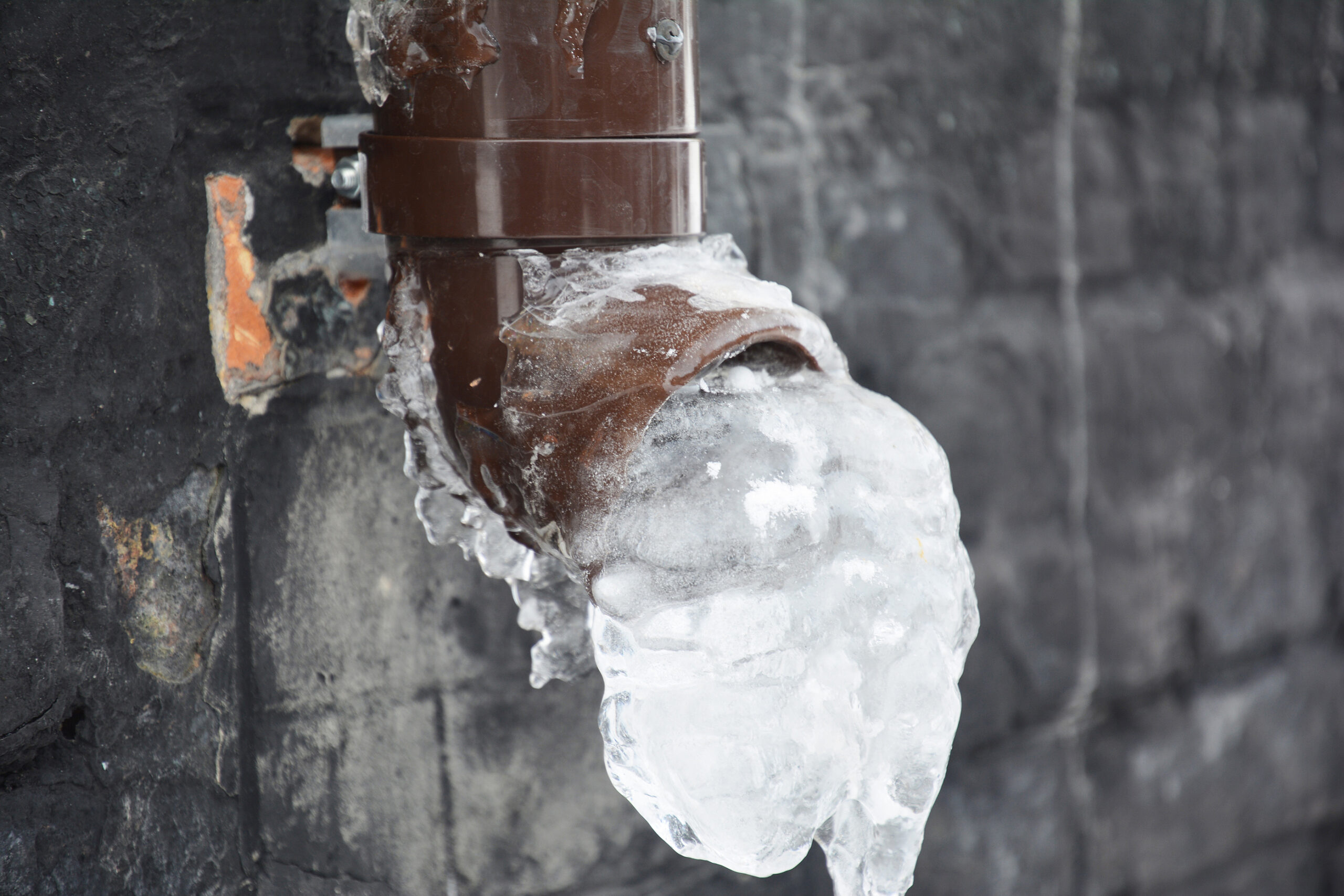Are you trying to locate suggestions on How To Avoid Freezing Pipes?

Winter can damage your pipes, particularly by freezing pipelines. Here's exactly how to stop it from happening and what to do if it does.
Introduction
As temperature levels drop, the danger of icy pipes increases, possibly leading to expensive repair services and water damages. Understanding just how to prevent frozen pipes is critical for homeowners in cold climates.
Comprehending Frozen Pipes
What causes pipes to freeze?
Pipes ice up when exposed to temperatures below 32 ° F (0 ° C) for expanded durations. As water inside the pipelines ices up, it increases, putting pressure on the pipe wall surfaces and possibly triggering them to rupture.
Risks and damages
Icy pipelines can cause water system disturbances, residential property damage, and expensive fixings. Ruptured pipes can flood homes and create comprehensive architectural damage.
Indications of Frozen Pipeline
Recognizing frozen pipelines early can stop them from rupturing.
Just how to identify icy pipelines
Search for lowered water circulation from taps, uncommon odors or sounds from pipelines, and visible frost on exposed pipes.
Prevention Tips
Protecting vulnerable pipes
Cover pipelines in insulation sleeves or use warm tape to secure them from freezing temperature levels. Concentrate on pipelines in unheated or external locations of the home.
Home heating strategies
Keep interior spaces appropriately heated, especially areas with pipes. Open up closet doors to permit cozy air to flow around pipelines under sinks.
Securing Outside Plumbing
Garden hose pipes and outdoor faucets
Detach and drain garden hoses prior to winter months. Mount frost-proof spigots or cover outdoor taps with protected caps.
What to Do If Your Pipes Freeze
Immediate activities to take
If you think icy pipelines, keep taps available to ease pressure as the ice thaws. Use a hairdryer or towels taken in warm water to thaw pipes gradually.
Long-Term Solutions
Architectural modifications
Take into consideration rerouting pipes far from exterior wall surfaces or unheated areas. Add added insulation to attics, basements, and crawl spaces.
Updating insulation
Invest in top notch insulation for pipes, attics, and wall surfaces. Correct insulation helps preserve regular temperature levels and decreases the risk of icy pipelines.
Verdict
Preventing icy pipelines needs aggressive procedures and fast reactions. By recognizing the causes, indications, and safety nets, homeowners can shield their plumbing during winter.
6 Proven Ways to Prevent Frozen Pipes and Protect Your Home
Disconnect and Drain Garden Hoses
Before winter arrives, start by disconnecting your garden hoses and draining any remaining water. Close the shut-off valves that supply outdoor hose bibs and leave the outdoor faucet open to allow any residual water to drain. For extra protection, consider using faucet covers throughout the colder months. It’s also important to drain water from any sprinkler supply lines following the manufacturer’s directions.
Insulate Exposed Pipes
Insulating your pipes is an effective way to prevent freezing. Pipe insulation is readily available at home improvement stores and is relatively inexpensive. Pay close attention to pipes in unheated areas such as the attic, basement, crawl spaces, or garage. Apply foam insulation generously to create a buffer against the cold. You can also wrap your pipes in heat tape or thermostat-controlled heat cables for added warmth.
Seal Air Leaks
Inspect your home for any cracks or openings that could let in cold air. Seal any holes around the piping in interior or exterior walls, as well as the sill plates where your home rests on its foundation. Additionally, make sure to keep your garage door closed unless you’re entering or exiting. Leaving it open creates a significant air leak that can lead to frozen pipes.
Allow Warm Air Circulation
During cold snaps, it’s essential to allow warm air to circulate evenly throughout your home. Leave interior doors ajar to promote better airflow. Open kitchen and bathroom cabinets to help distribute heat consistently around the rooms. If you have small children or pets, be sure to remove any household chemicals or potentially harmful cleaners from open cabinets for safety.
Let Faucets Drip
A small trickle of water can make a big difference in preventing ice formation inside your pipes. When temperatures drop significantly, start a drip of water from all faucets served by exposed pipes. This continuous flow helps prevent the water from freezing. Additionally, running a few faucets slightly can relieve pressure inside the pipes, reducing the chances of a rupture if the water inside does freeze.
https://choateshvac.com/6-proven-ways-to-prevent-frozen-pipes-and-protect-your-home/

Do you like more info about Preventing and dealing with frozen pipes? Give a remark directly below. We would be pleased to see your ideas about this content. We are looking forward to see you back again later on. For those who enjoyed our article plz don't forget to share it. We appreciate your readership.
Call Today